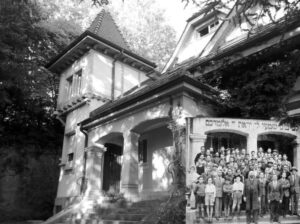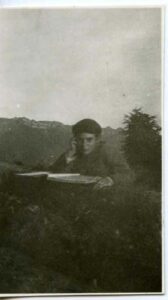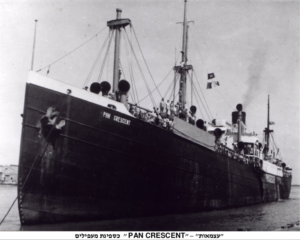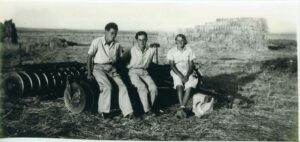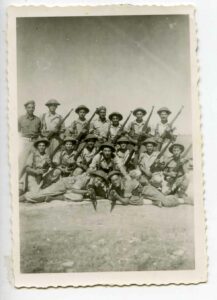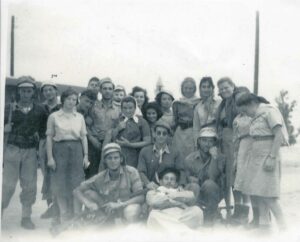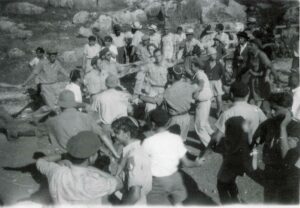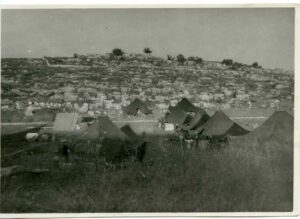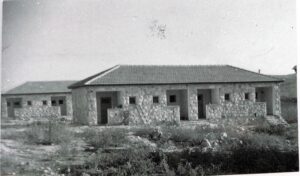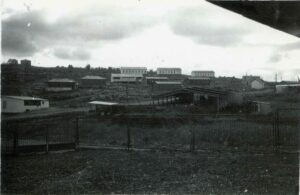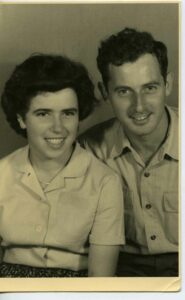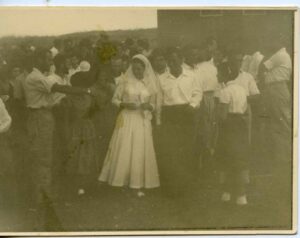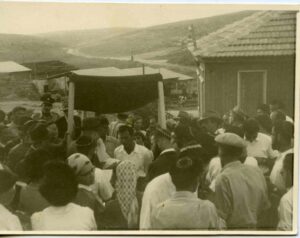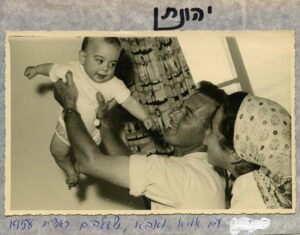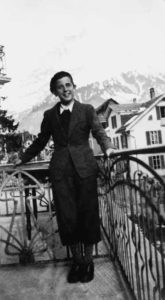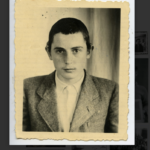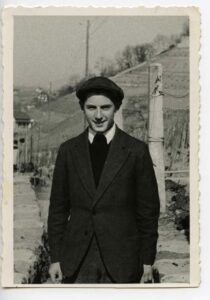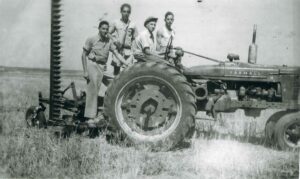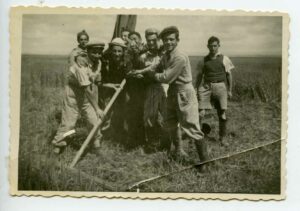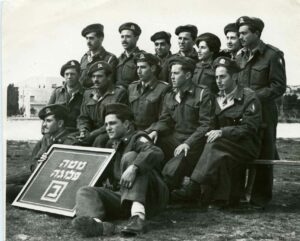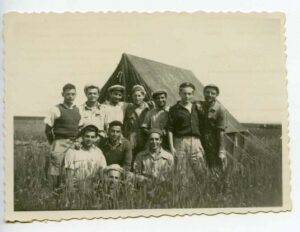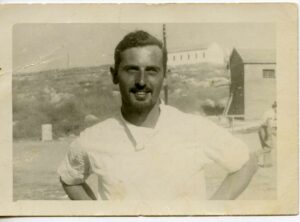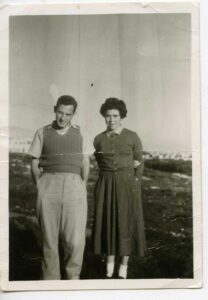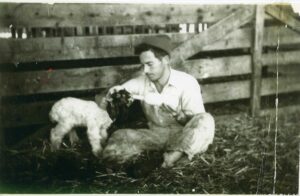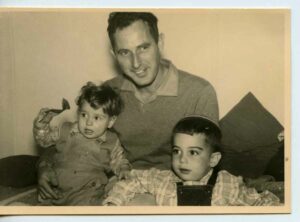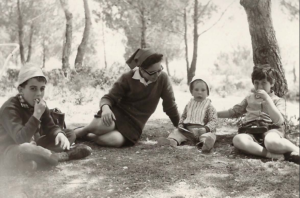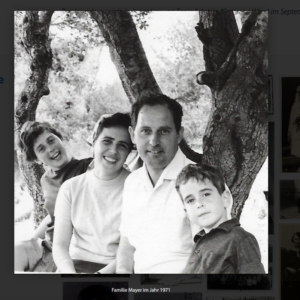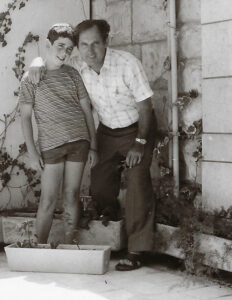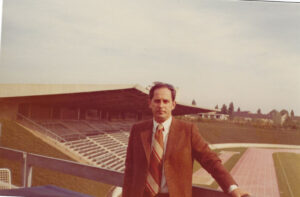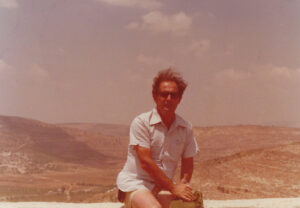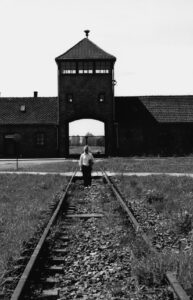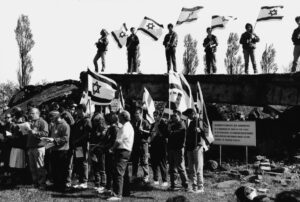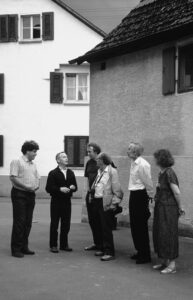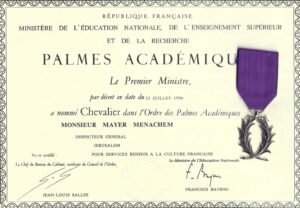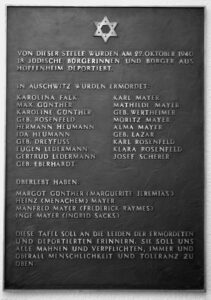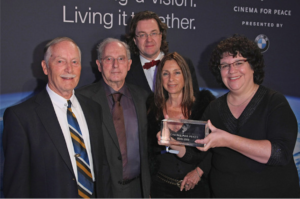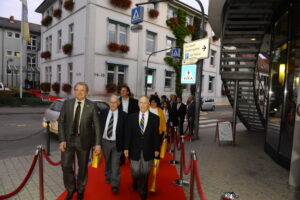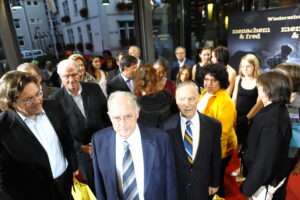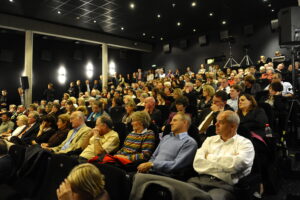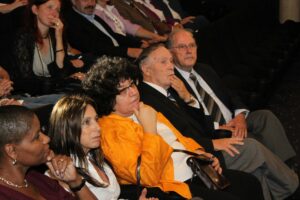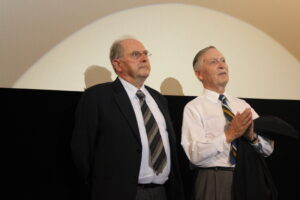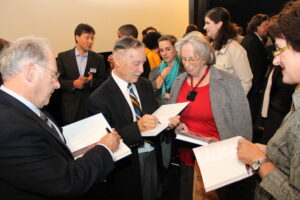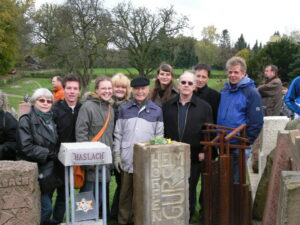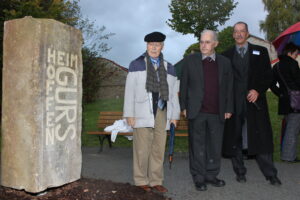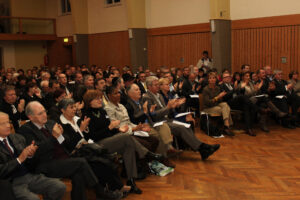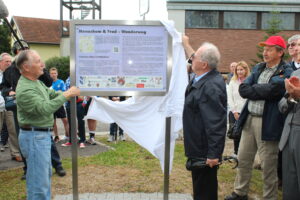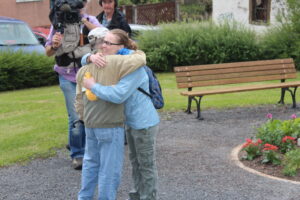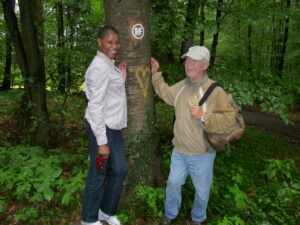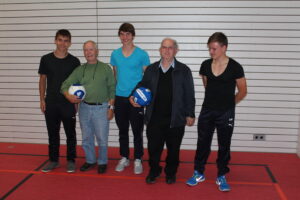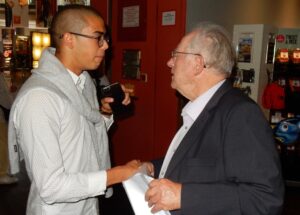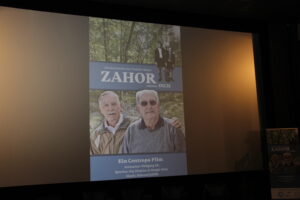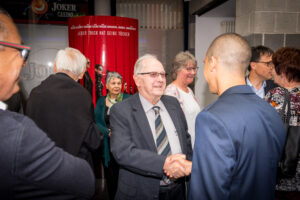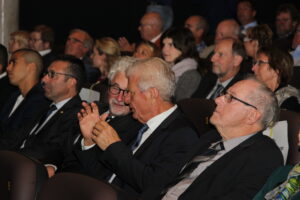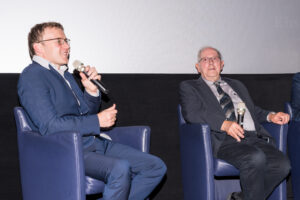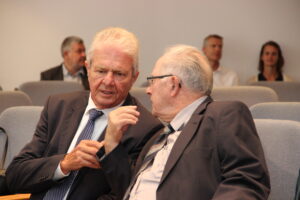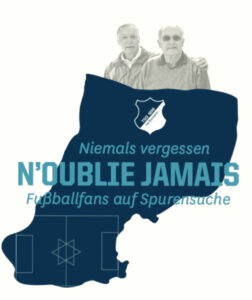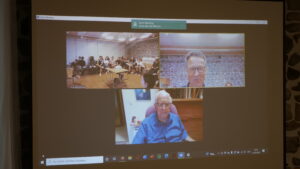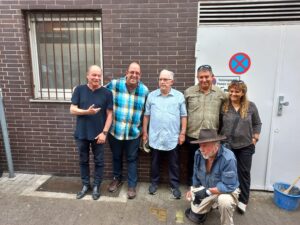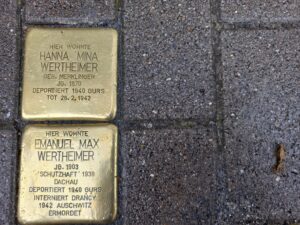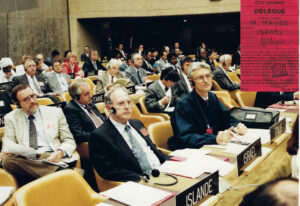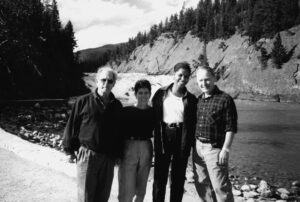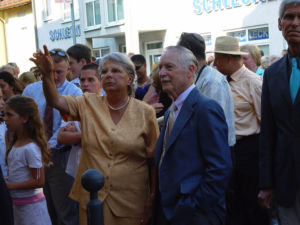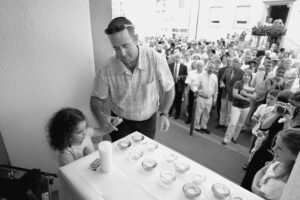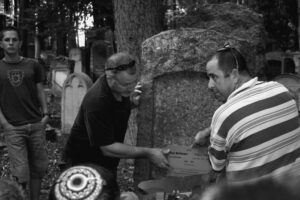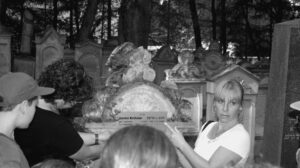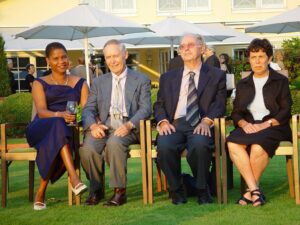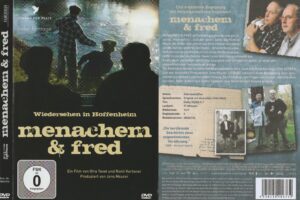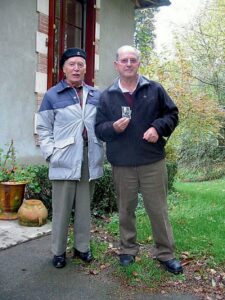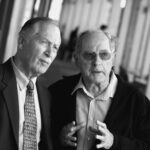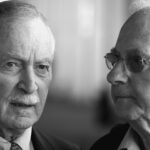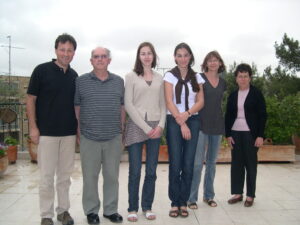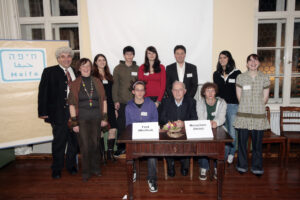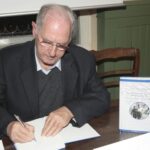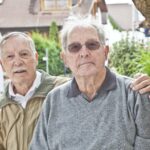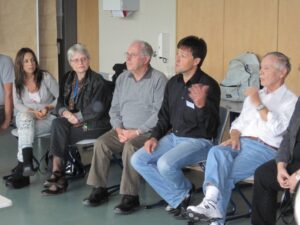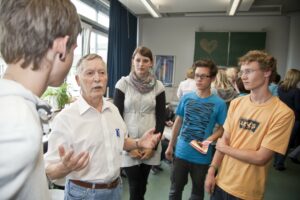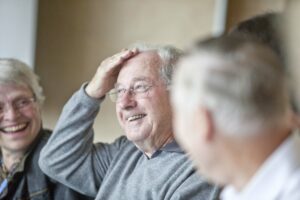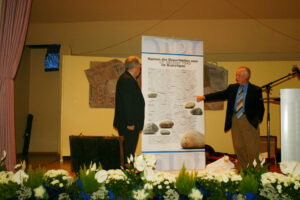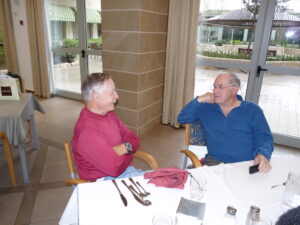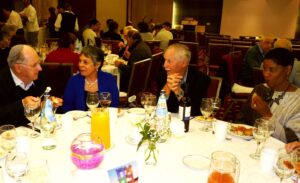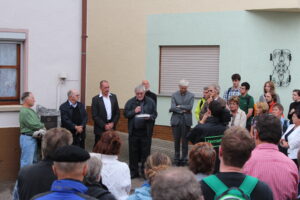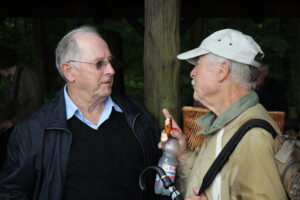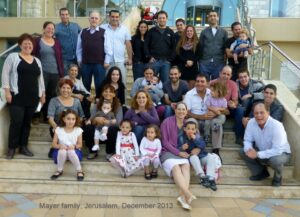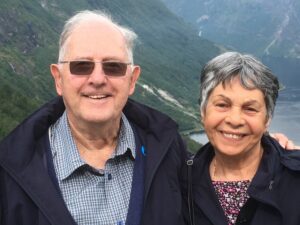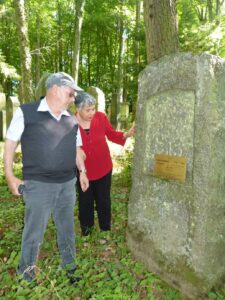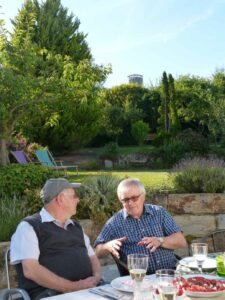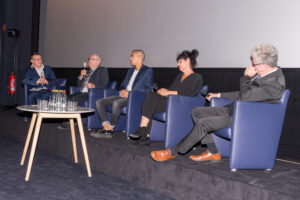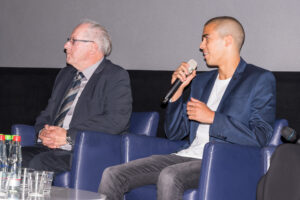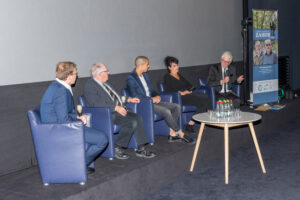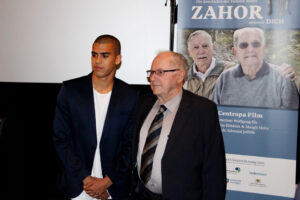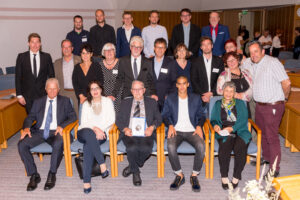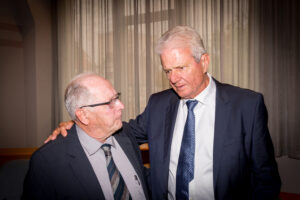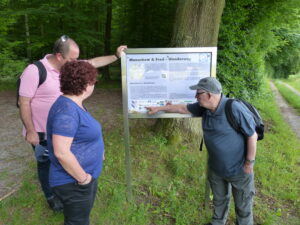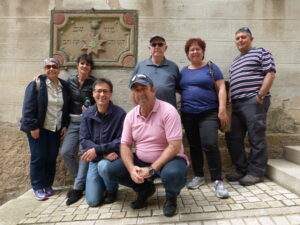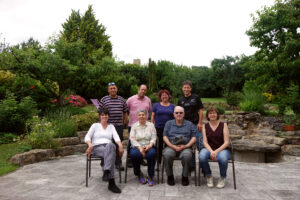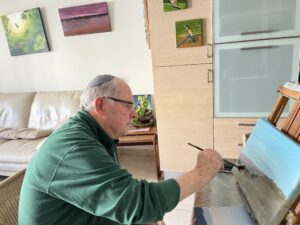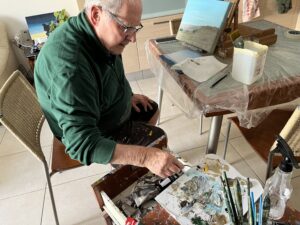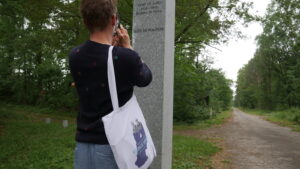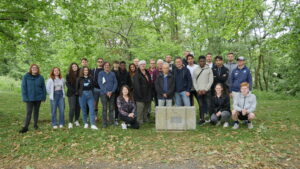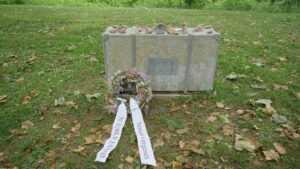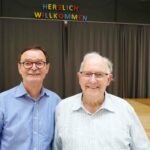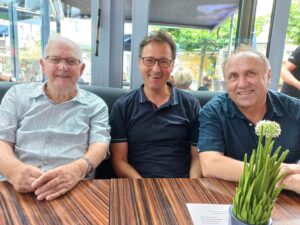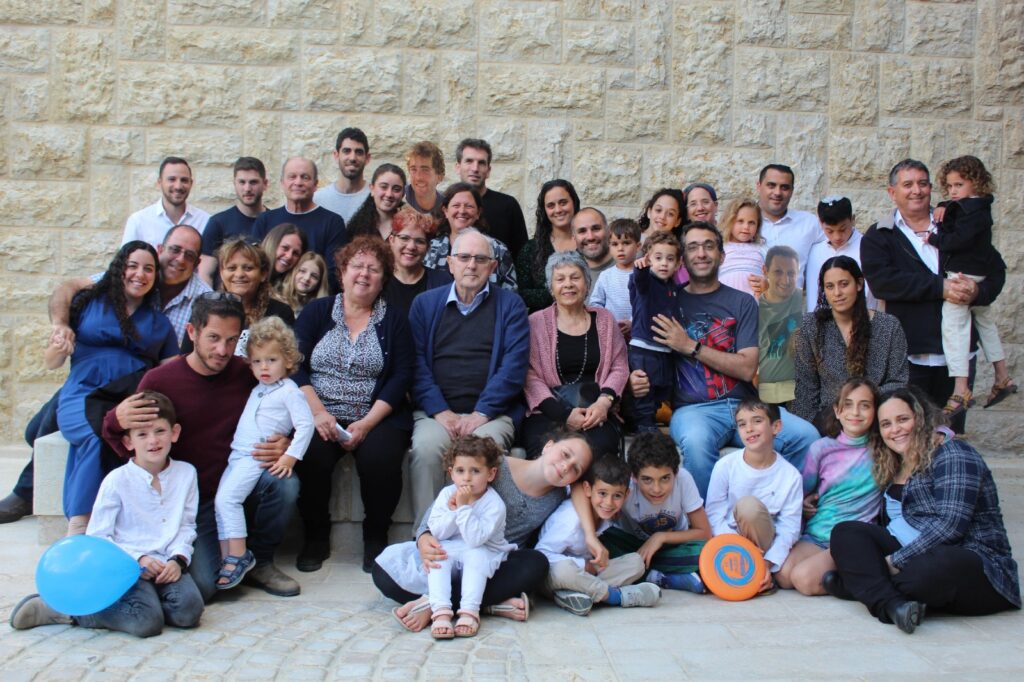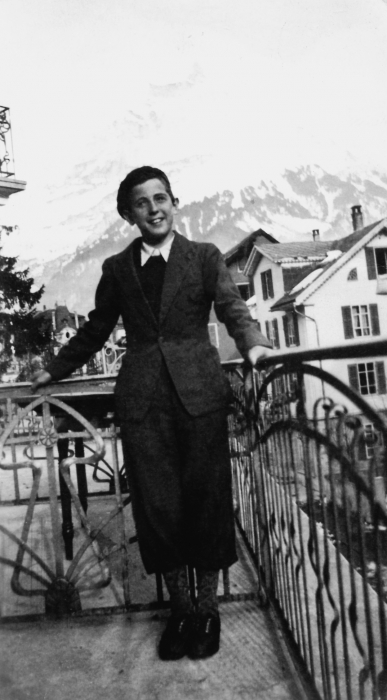- Startseite
- Zahor
- Timeline
Timeline
Content
Timeline Menachem Mayer
Life of Menachem Mayer
Historical Events
Growing up
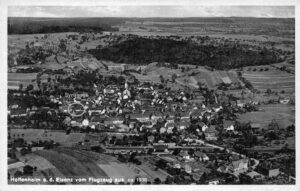
1932: Birth
Heinz Mayer is born in Hoffenheim in 1932.
Mother: Mathilde, called Hilde Mayer, née Wertheimer (1898 in Neidenstein-1942 in Auschwitz).
Father: Karl Mayer, served in the Imperial Army in World War 1 (1894 in Frankfurt am Main- 1942 in Auschwitz)
Growing up
Together with his brother Manfred (1929 -2013), Heinz Mayer grew up in a traditional Jewish household in Hoffenheim.
On Shabbat, the family regularly visited his grandmother in Neidenstein..
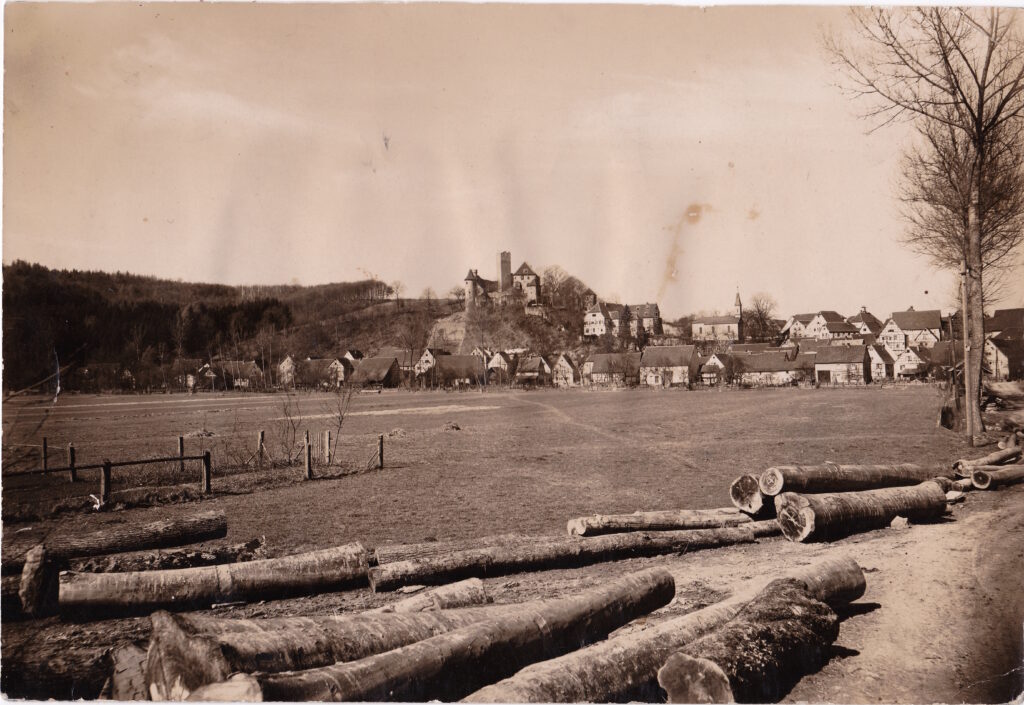
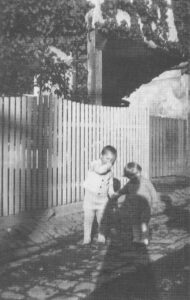
World War I & Iron Cross of Merit in its significance for German Jews
World War I & Iron Cross of Merit in its Significance for Jews.
The participation of Jews in the armed forces of the Empire meant recognition and belonging to Germany.
“The Cross of Honor: […] The German Jews to whom the provisions of the Foundation apply, but beyond them all German Jews, will wear the Cross of Honor with pride and thus keep alive the memory of a great period of common German history.”
(C.V.-Zeitung (German-Jewish press) of 19.7.1934 )
Overview of Jewish holidays
Shabbat is one of the most important Jewish holidays. It is a day of rest, which begins on Friday evening and ends on Saturday evening. Traditionally, the family gathers on Friday evening and celebrates the holiday with a dinner (Kabbalat Shabbat).
Hanukkah is a Jewish festival that takes place in November or December. It is celebrated for 8 days and commemorates the uprising of the Maccabees in 167-164 BC and the rededication of the Temple in Jerusalem. To commemorate it, candles are lit each of the eight days and food traditionally made with oil is eaten (doughnuts, potato pancakes). Children receive small gifts.
On Purim, the Jews celebrate the salvation of the Jewish people from the plan of the Persian minister Haman to destroy the Jews in the Persian Empire (ca. in 356 B.C.).
Pre-War
1935
Start of anti-Semitic attacks in Hoffenheim.
1938
Unemployment of the father & forced labor
1938
The desire to emigrate to the USA is first expressed.
November 9-10, 1938
Witnessing of the November pogroms & one-month imprisonment of Karl Mayer in Dachau concentration camp.
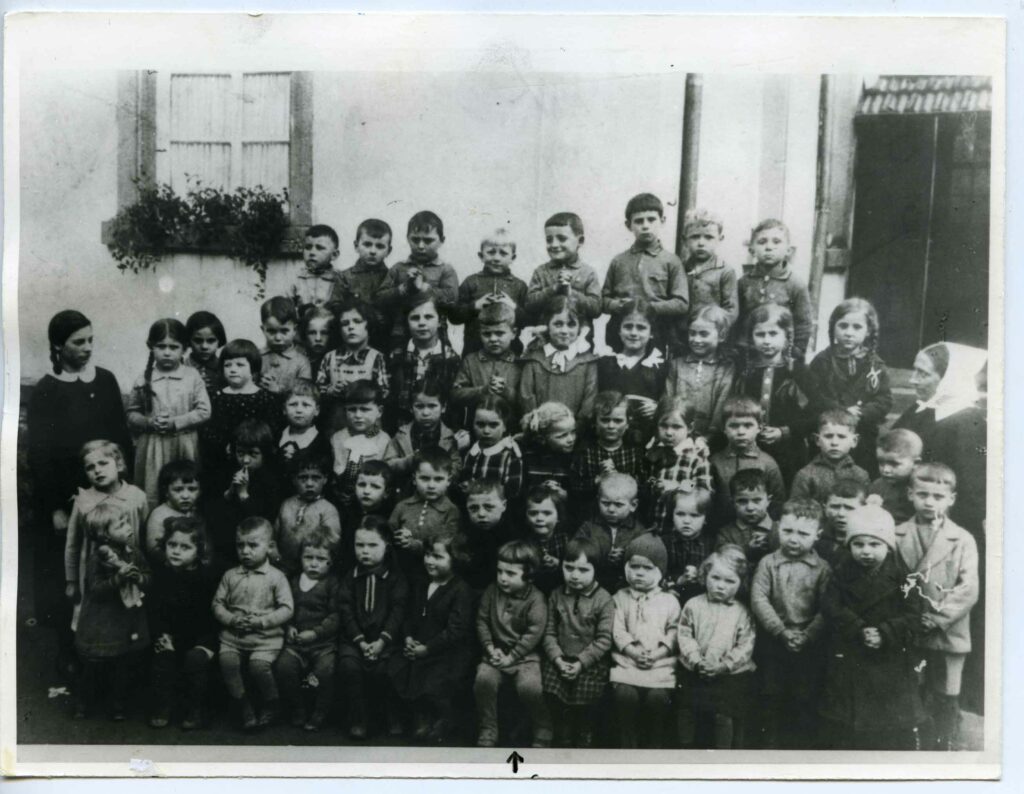
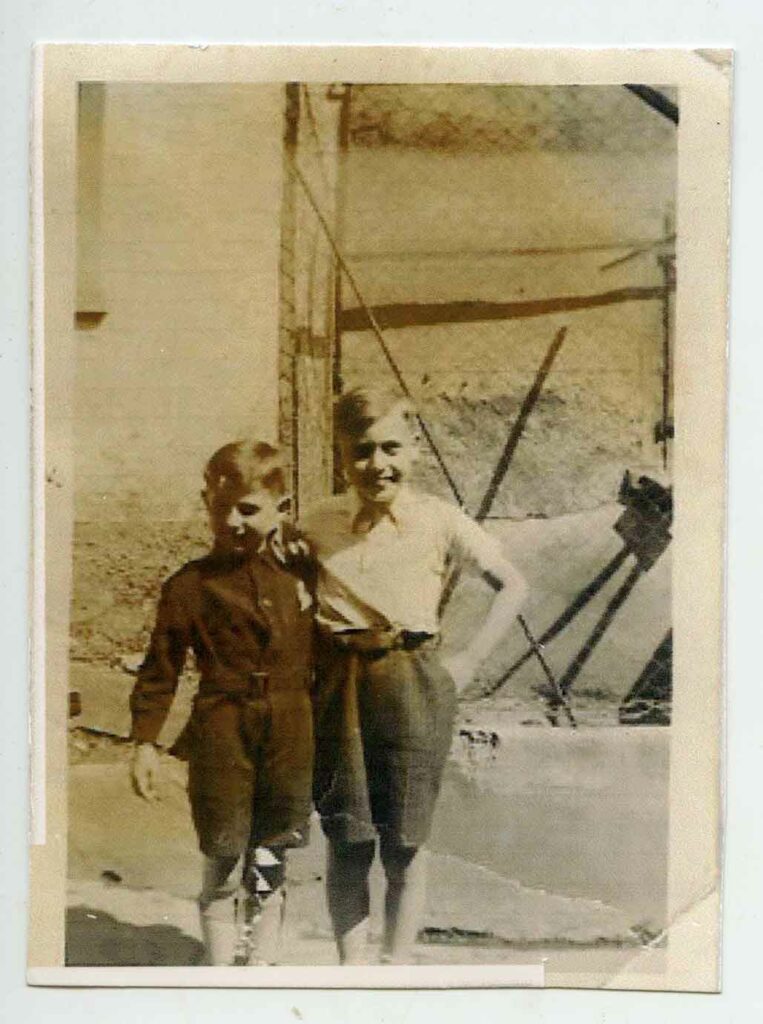
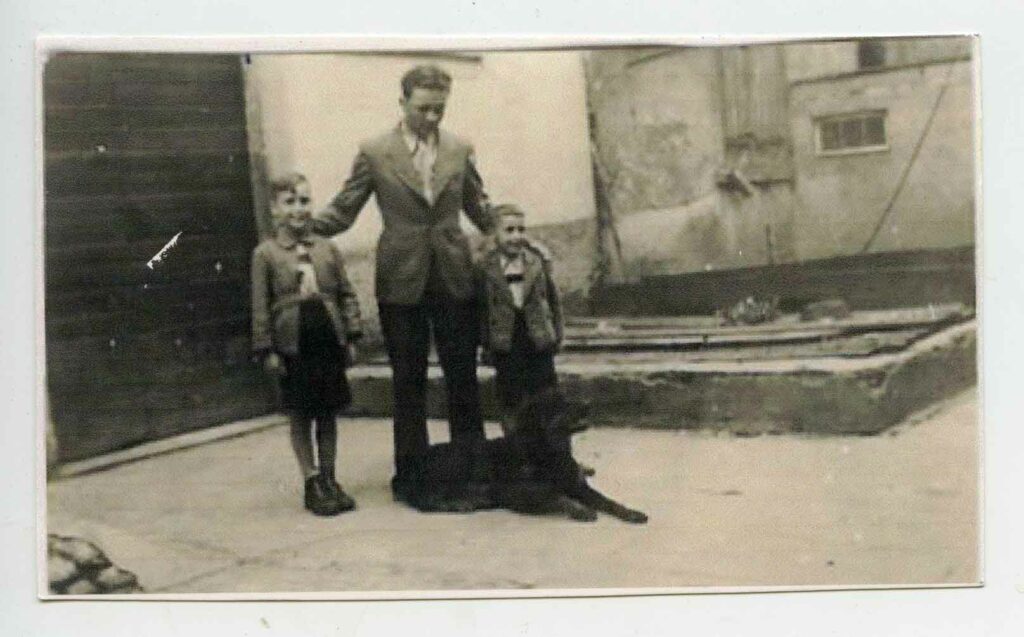
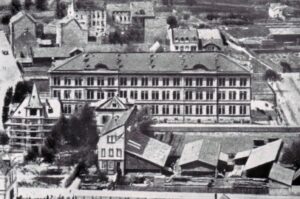
1933
At the end of January, Paul von Hindenburg appoints Adolf Hitler as Reich Chancellor – the National Socialists take power.
On April 1, the National Socialists boycott Jewish businesses.
On April 7, Jewish civil servants, with the exception of veterans of the First World War, are dismissed from their jobs.
1934
In August, President Paul von Hindenburg dies. Hitler subsequently appoints himself Führer and Reich Chancellor.
Consolidation of power and the Führer’s state (topics include 1935 Nuremberg Laws)
1935
In March, conscription is introduced in violation of the Treaty of Versailles.
In September, the Nuremberg Laws are proclaimed. This manifests the legal foundation of the systematic exclusion of Jews from public life in National Socialist Germany.
1938
In February, the gradual “Anschluss” of Austria to the Third Reich begins.
In March, the Wehrmacht marches into Austria. Jewish Viennese are humiliated by the SA and by their non-Jewish neighbors and are forced to clean the sidewalks on their knees.
In a referendum, 99% in Austria and Germany vote for the Anschluss.
November pogroms (November 9-10, 1938)
In the night of November 9-10, 1938, synagogues, Jewish stores and apartments of Jews were vandalized and burned. Jewish people were dragged out of their homes, humiliated and beaten to death in the streets. Thousands of Jewish men are deported to concentration camps and released only against written confirmation of departure from the Third Reich.
World War II
End of 1938 until 1940
The Mayer family lives together in the house of the Jewish Heumann family; visiting Jewish school in Heidelberg
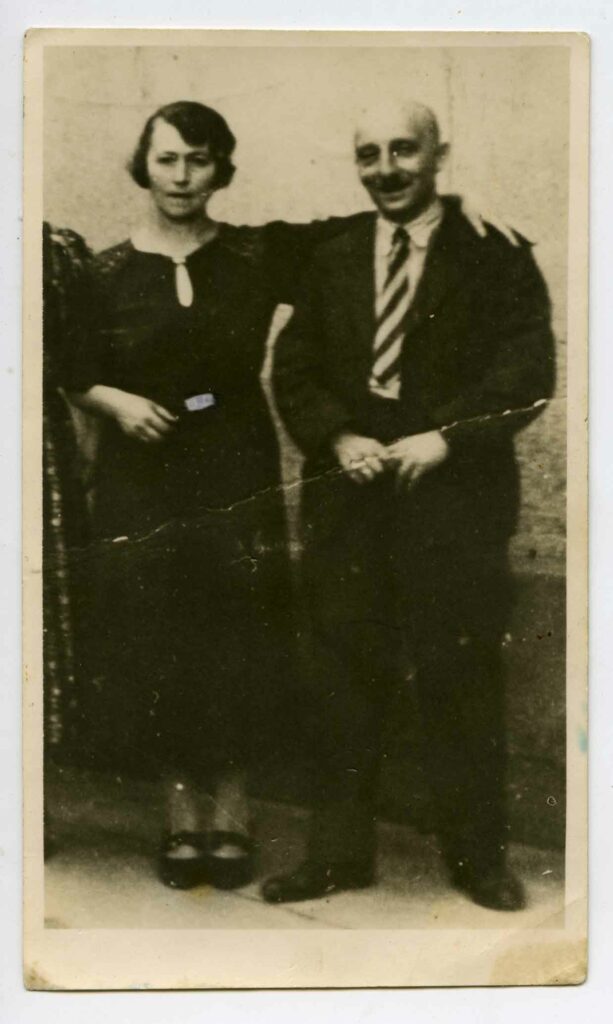
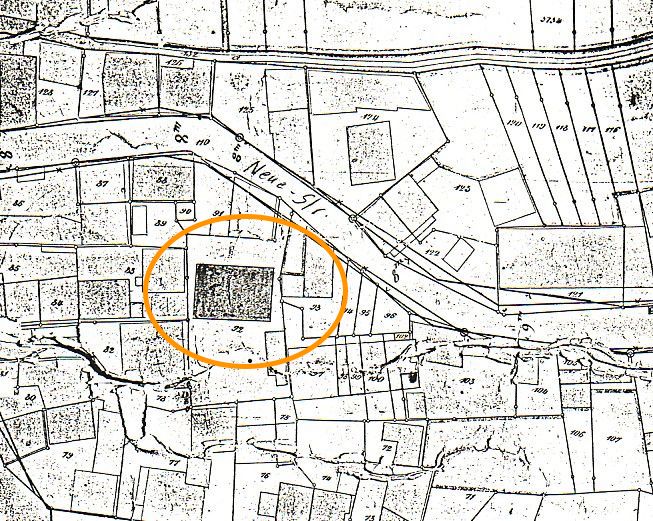
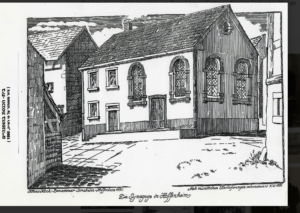
Deportation
Deportation of the family to Gurs on October 22, 1940.
October 1940 until February 1941
Separation from parents, the brothers are sent to a French orphanage in Aspet.


March 1941
Internment of the parents in Rivesaltes, the brothers are in contact by letter with their father and mother.
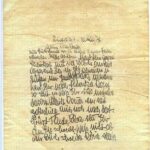
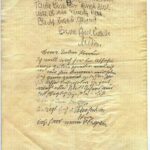
August 1942
In August 1942, the parents are murdered in Auschwitz.
February 1943 until May 1944 Orphanage in Toulouse
The brothers are separated, Manfred is sent to Moissac.
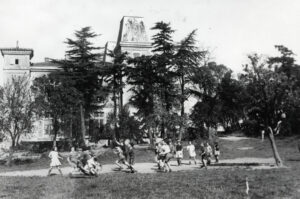
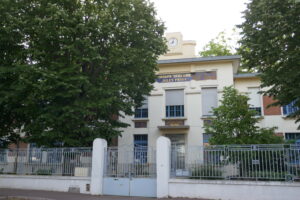
May 1944
The OSE smuggles Heinz and Manfred from France to Switzerland.
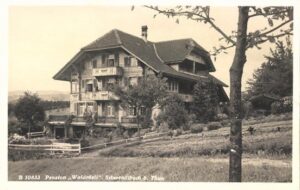
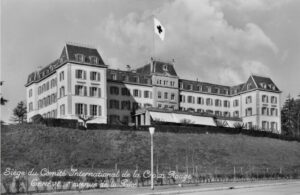
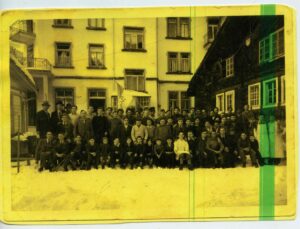
May 1944 until 1948
Stays in ten different Jewish religious children’s homes in Switzerland and Torah studies.
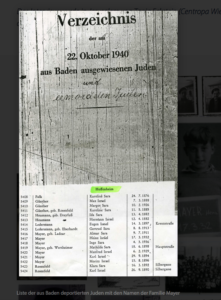
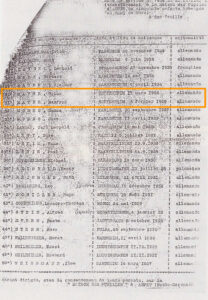
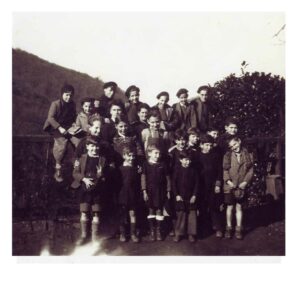
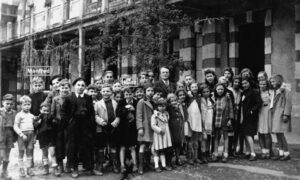
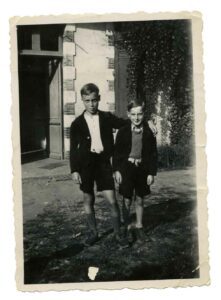
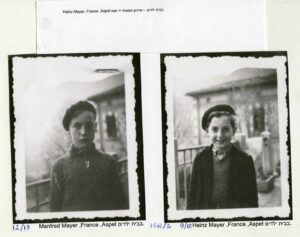
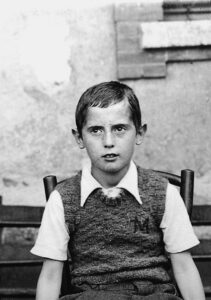
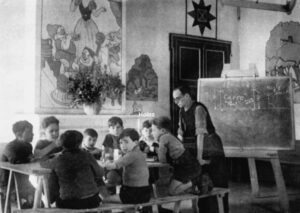
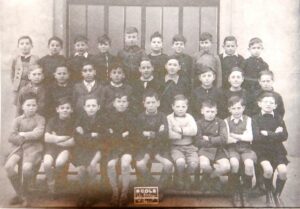
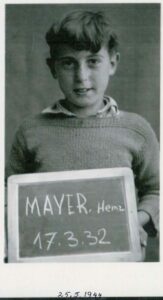
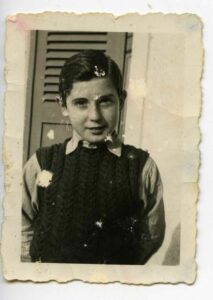
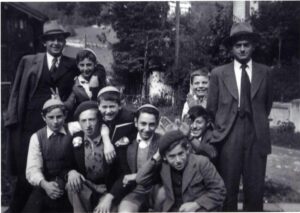
1939
1940
End of the War of the Seats between France and Germany. In mid-May, Germany violates neutrality with the Benelux countries and invades Belgium, the Netherlands, Luxembourg, as well as France. Occupying these states on June 25, 1940.
Ghettoization
Daily life in the Gurs camp
Internment in the Gurs camp is characterized by poor hygienic conditions, hunger, violence, cold and disease. Nevertheless, the situation allows educational events to be organized. Cultural events and religious life actively take place.
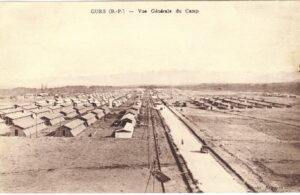
The rescue of children
Through the help of relief organizations, such as the Red Cross, Jewish self-help, the OSE or the Quakers, not only was food delivered to Gurs, which saved lives, but children were also placed in the hands of these organizations to save their lives.
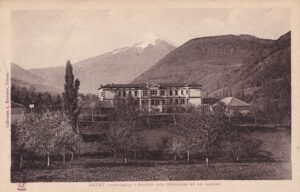
OSE
Letters
Because up to 8000 letters are written per day, the censors cannot censor everything and there is a clearer view of camp life from Gurs.
Occupation of Vichy France by the German Wehrmacht
On November 8, 1942, the Allied forces landed in French North Africa (Algeria and Morocco). Thereupon, the Wehrmacht invaded the previously unoccupied territory in the south of France to take complete control of the country.
Germany's surrender and liberation
On January 27, 2022, the concentration and extermination camp Auschwitz Birkenau is liberated. This is followed by the liberation of other concentration camps in by the Red Army and Allied forces. On the night of May 8-9, 1945, Nazi Germany capitulates.
Postwar
1946
First meeting since 1942 with his brother in Switzerland & emigration to the USA of Manfred Mayer: from now on Fred Raymes
September 1948
Illegal emigration to Israel by ship on the “Atzma’ut”.
Heinz Mayer changes his name and from now on is called: Menachem Mayer.
1948
Menachem finds work as a messenger boy and harvest worker in a kibbuz.
1950 until 1952
Menachem is drafted into the Israeli military service.
1952
Co-founder of Kibbutz “Sha’alavim”, expert in sheep breeding.
1956
Wedding with Chava van Cleef from Cologne.
1957, 1959, 1965
Birth of their three children Jonathan 1957, Michal 1959, Zvi 1965
1957
Move to the Carmel
Teacher in the children’s home “Yemin Ord” and study of natural sciences and final diploma.
1963
Move to Jerusalem for studies. Beginning of a new phase in life.
1967
Bachelor’s degree from the Hebrew University in Education and Zoology.
In June of the same year, Menachem fights in the 6 Days War in Jerusalem.
1968
Menachem becomes superintendent of science subjects for all schools in Jerusalem.
1972
First reunion of the brothers after 26 years in Israel.
1974
Menachem visits Hoffenheim for the first time since the deportation of the family.
1974 until today
Regular visits to Hoffenheim to this day, close friendship with people in the region
1974
Master of Science in Natural Sciences
1980
PhD from the Hebrew University in Jerusalem.
1981
Appointed superintendent of the Jerusalem region.
Survivors in the DP Camps
May 1948 Foundation of the State of Israel
Following a UN vote in 1947 for the establishment of a Jewish homestead, the State of Israel was proclaimed in May 1948. Immediately after, Israel had to make a stand against the armed forces of their neighboring Arab states in the War of Independence .
Kibbuzim
Voluntary agricultural production cooperatives in Israel. There, life mostly takes place together. There is common upbringing of children, as well as education and common cooking and dining, like a communal work culture.
Jekkes
Jekkes is a term for German-speaking Jews in Israel. German-speaking Jews moved to the then British Mandate territory of Palestine (now Israel) between 1933 and 1939. Due to their habit of almost always wearing suits they were so called by the local population.
1961 Eichmann in Jerusalem
The Israeli secret service Mossad succeeds in bringing Adolf Eichmann from Argentina to Jerusalem and bringing him to trial. Eichmann was an organizer of the Holocaust and managed the transports to the concentration and extermination camps.
1963 Frankfurt Auschwitz trials
Hessian Chief Public Prosecutor Fritz Bauer led the first major war crimes trial in post-war Germany. The Frankfurt Auschwitz Trial was the beginning of the end of silence in Germany about the Holocaust, as many survivors testified about their suffering in the concentration camp. This trial and the related testimonies were broadcast on the television and radio sets.
1965 Diplomatic relations between Germany and Israel
Establishment of diplomatic relations between Germany and Israel. Strong protests in Israel against the reparations agreement and against the rapprochement between these two states, twenty years after the Holocaust.
1967 Six-Day War
Israel preempts an attack by Syria, Egypt and Jordan and defeats these states in a pre-emptive war. It follows the unification of a divided city of Jerusalem, as well as the conquest and securing of the Golan Heights.
1970 Willy Brandt's kneeling
During Willy Brandt’s state visit to Warsaw in 1970, Brandt knelt at the Warsaw Ghetto memorial and was the first German head of government to admit responsibility for the crimes of National Socialism.
1972 Munich massacre
On September 5, Palestinian terrorists carry out an attack on the Israeli team at the Munich Olympics. It began as a hostage situation and ended with the murder of all eleven Israeli hostages and a Munich police officer.
Yom Kippur War
1979 Peace treaty between Egypt and Israel
Israel and Egypt conclude a peace treaty in Washington. Egypt becomes the first Arab state to recognize Israel.
1985 until today
1985
Menachem becomes envoy of the Jewish Agency in Paris. Several years head of the department of Jewish education in Jewish communities in France, Belgium and Switzerland.
1990
First visit of Fred and Menachem to Auschwitz.
1990s until today
Menachem’s appearance as a witness at schools
1996
Awarded the French government prize “L’Ordre des Palmes Academiques”.
1996 and subsequent years
Menachem becomes director of the Israeli Ministry of Culture and a delegate to UNESCO.
2001
Publication of the life story of the brothers in Hebrew.
2002
Publication Menachem’s biography in English language
2005
Publication in German combined with visit of the brothers in Hoffenheim and installation of a memorial plate with names of deported Jews at the town hall in Hoffenheim.
2007
Premiere in Israel of the film ” Menachem & Fred – Reunion in Hoffenheim”.
2009
Award of the film at the Berlinale with the “Cinema For Peace Award” as “The Most Inspirational Movie Of The Year”.
German premiere of “Menachem & Fred” at the Sinsheim Citydome with the two brothers, the two Israeli directors and the German producer in attendance.
2010
Memorial stone inauguration as part of event for the Kraichgau region “70 years of deportations to Gurs”. In the same year death of Chava Mayer.
Press release:
Albert Schweitzer School, Michael Heitz (Obermayer Award/German Teacher Award), Jüdisches Leben Kraichgau e. V. Overall project description, supporting events in the region at the time for: 70 years of Gurs.
2012
Inauguration of the “Menachem and Fred Trail”.
Translation of the biography into French
2013
Fred Raymes dies
2017
Contributor to the film project “Zahor – remember” with Ilay Elmkies
2021
Planning further visits to the Hoffenheim region
2022
TSG – Centropa memorial trip in the footsteps of Fred and Menachem “Never forget – N’oublie jamais”.
2022
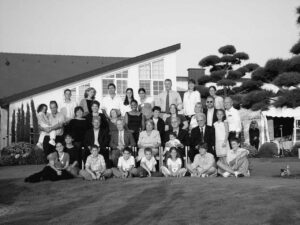
1985 Glasnost and Perestroika
Mikhail Gorbachev becomes General Secretary of the CPSU. In the following years, reforms are carried out in the Soviet Union under his aegis. The terms perestroika (restructuring) and glasnost (transparency) stand for the change in the USSR.
1988 March of the Living
Fall of the wall
On the evening of November 9, there were mass protests throughout the GDR. Following public pressure in the GDR, it was decided to reintroduce freedom of travel, and when the Chairman of the Council of State, Egon Krenz, announced that the border would be opened, the Wall was stormed by the Berlin population.
1990 Reunification of Germany
On October 3, 1990, Germany is reunified. According to the Two (GDR-BRD) plus Four (France, USA, USSR, Great Britain) Treaty, it is decided that the GDR will join the Federal Republic.
1991 Dissolution of the Soviet Union
1994 Oslo Accords
After several years of violent confrontations between Israelis and Palestinians, a temporary peace agreement was reached in Oslo in 1995 that established Palestinian self-government. u.
